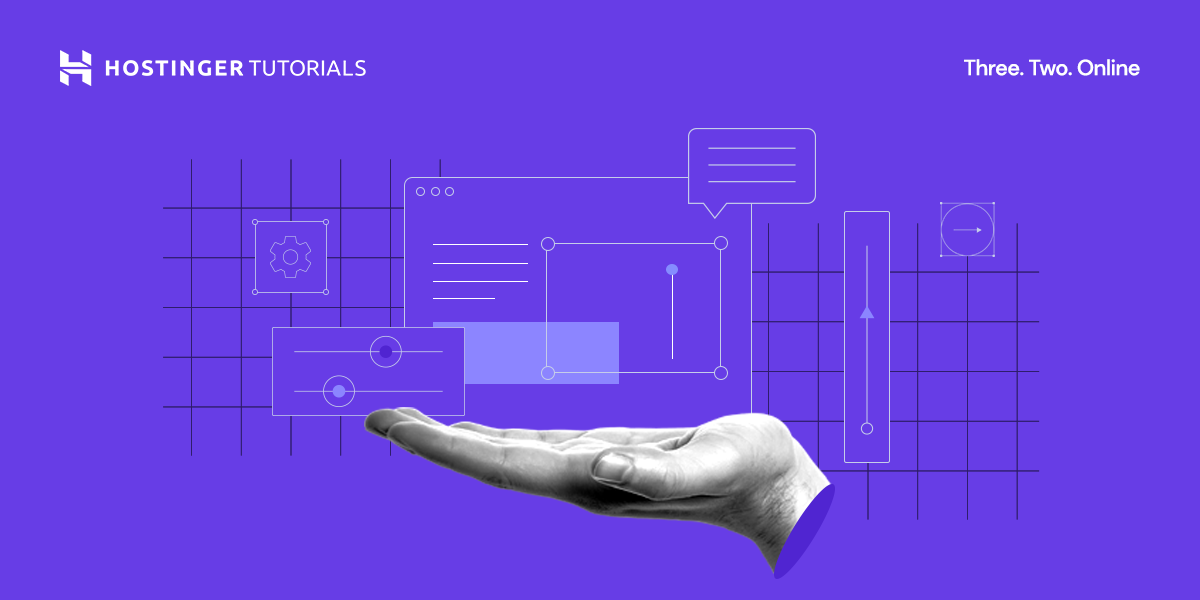The Relationship Between Website Loading Speed and User Experience
When you visit a website, how long are you willing to wait for it to load? Seconds? Maybe a minute at most? In this digital age where everything is fast-paced, users expect websites to load quickly to provide a seamless and enjoyable browsing experience. But have you ever stopped to think about the impact of website loading speed on user experience?
Understanding Website Loading Speed
Website loading speed refers to the time it takes for a web page to fully display its content after a user clicks on a link or enters a URL. This includes the time it takes for all images, videos, text, and other elements to load and become interactive. The faster a website loads, the quicker users can access the information they are looking for.
Importance of Website Loading Speed
The loading speed of a website is crucial for several reasons. First and foremost, it affects user experience. Slow-loading websites can frustrate users, leading them to abandon the site altogether. In fact, research has shown that 40% of users will leave a website if it takes more than three seconds to load.
Additionally, website loading speed also impacts search engine rankings. Search engines like Google consider loading speed as a ranking factor in their algorithms. Faster-loading websites are more likely to rank higher in search results, increasing their visibility and traffic.
Factors Affecting Website Loading Speed
Several factors can impact the loading speed of a website. These include:
-
Hosting Server: The server hosting the website plays a significant role in determining loading speed. A high-quality hosting provider with reliable servers can help improve loading times.
-
Website Design: The design of a website, including the use of images, videos, and plugins, can affect loading speed. Complex designs with heavy elements tend to load slower than simpler designs.
-
File Size: The size of files, such as images and videos, on a website can impact loading speed. Compressing files can help reduce loading times.
-
Caching: Caching involves storing copies of a website’s files on a user’s device to reduce loading times. Proper caching mechanisms can significantly improve website speed.
The Impact Of Website Loading Speed On User Experience
Now that we’ve covered the basics, let’s dive into the impact of website loading speed on user experience in more detail.

1. User Engagement
Imagine clicking on a link and waiting for what seems like an eternity for the website to load. Frustrating, right? Slow-loading websites can discourage users from engaging with the content, leading to higher bounce rates and lower time spent on the site. On the other hand, fast-loading websites can keep users engaged and encourage them to explore further.
2. Conversion Rates
For e-commerce websites, loading speed can directly impact conversion rates. Research has shown that every one-second delay in loading time can result in a 7% reduction in conversions. Faster-loading websites not only provide a better user experience but also increase the likelihood of users making a purchase or completing a desired action.
3. Brand Perception
The loading speed of a website can also influence how users perceive a brand. A slow-loading website may give the impression of a lack of professionalism or care on the part of the brand. On the other hand, a fast-loading website conveys a sense of efficiency and reliability, enhancing the brand’s image in the eyes of users.
4. Mobile Experience
With the increasing use of mobile devices for browsing, the loading speed of a website on mobile is more critical than ever. Mobile users expect websites to load just as quickly on their devices as they do on desktops. Optimizing websites for mobile loading speed is essential to providing a seamless browsing experience for all users.

5. SEO Performance
As mentioned earlier, search engines consider loading speed as a ranking factor in their algorithms. Websites that load quickly are more likely to rank higher in search results, leading to increased visibility and organic traffic. By improving loading speed, websites can boost their SEO performance and attract more users.
Improving Website Loading Speed
Now that you understand the impact of website loading speed on user experience, it’s essential to know how to improve loading times for your website. Here are some tips to help you optimize your website’s loading speed:
1. Optimize Images
Large image files can slow down loading times significantly. Make sure to optimize images for the web by compressing them without sacrificing quality. Use image formats like JPEG or PNG for faster loading.
2. Minimize HTTP Requests
Each element on a webpage, such as images, stylesheets, and scripts, requires an HTTP request to load. Minimize the number of elements on a page to reduce the number of HTTP requests and improve loading speed.
3. Enable Browser Caching
Browser caching allows websites to store certain files on a user’s device, reducing the need to re-download them every time the user visits the site. Enable browser caching to speed up loading times for returning visitors.
4. Use Content Delivery Networks (CDNs)
Content Delivery Networks (CDNs) distribute website content across multiple servers worldwide, reducing the physical distance between the user and the server. This can help improve loading speed, especially for users accessing the website from different locations.
5. Minify CSS and JavaScript
Minifying CSS and JavaScript involves removing unnecessary characters and spaces from code without affecting its functionality. Minified files are smaller in size, leading to faster loading times for web pages.
6. Optimize Code
Clean and efficient code can contribute to faster loading times. Remove any unnecessary code, plugins, or scripts that may be slowing down your website. Optimize the codebase to improve loading speed.
7. Monitor Performance
Regularly monitor your website’s performance using tools like Google PageSpeed Insights or GTmetrix. These tools can provide insights into loading speed, performance issues, and recommendations for improvement.
Conclusion
In conclusion, website loading speed has a significant impact on user experience, search engine rankings, and overall website performance. By understanding the factors affecting loading speed and implementing optimization techniques, you can provide a seamless and enjoyable browsing experience for your users. Remember, a fast-loading website not only benefits users but also your brand and business goals. Take the time to prioritize loading speed and reap the rewards of a well-optimized website.











